Quartz stone, with its unparalleled beauty and versatility, has become a preferred material in modern interior design. Renowned for its durability, aesthetic appeal, and eco-friendliness, quartz stone offers endless possibilities for creating stunning spaces that seamlessly blend form and function.
The Elegance of Quartz Stone
Quartz stone, an engineered material composed of natural quartz crystals and resin, offers a luxurious alternative to natural stone surfaces such as marble and granite. Its sleek and uniform appearance adds a touch of elegance to any interior space, making it a popular choice for countertops, backsplashes, flooring, and even accent walls.
Versatility in Design
One of the most striking features of quartz stone is its versatility in design. Available in a wide range of colors, patterns, and finishes, quartz stone can be customized to suit any design aesthetic, from minimalist and contemporary to traditional and eclectic. Whether you prefer the timeless beauty of Carrara marble or the industrial chic of concrete, there's a quartz stone option to match your vision.
Durability and Maintenance
Beyond its aesthetic appeal, quartz stone is prized for its exceptional durability and low maintenance requirements. Unlike natural stone, quartz stone is non-porous, making it resistant to stains, scratches, and bacteria growth. This makes it an ideal choice for high-traffic areas such as kitchens and bathrooms, where spills and splashes are common. Additionally, quartz stone requires minimal upkeep—simply wipe it down with a mild detergent and water for effortless maintenance.
Sustainable Design
In an era where sustainability is paramount, quartz stone stands out as an environmentally-friendly choice for interior design. Made from natural quartz, one of the earth's most abundant minerals, quartz stone reduces the need for quarrying natural stone, thus minimizing environmental impact. Furthermore, many quartz stone manufacturers employ eco-friendly production practices, such as recycling water and reducing energy consumption, further reducing their carbon footprint.
Creative Applications
The creative potential of quartz stone knows no bounds. Designers and architects are constantly pushing the boundaries of what is possible with this versatile material, incorporating it into innovative and unexpected applications. From custom-designed furniture pieces and lighting fixtures to sculptural installations and artful accents, quartz stone adds a touch of sophistication and luxury to any space.
Seamless Integration
One of the key advantages of quartz stone is its ability to seamlessly integrate with other materials and finishes. Whether paired with wood, metal, glass, or ceramics, quartz stone enhances the beauty of surrounding elements while maintaining its own distinct presence. Its neutral color palette and subtle veining make it a versatile companion to a wide range of design elements, allowing for endless possibilities in interior design schemes.
Quartz Stone use in the Interior
Quartz stone can be used in various parts of interior design to elevate the aesthetic appeal and functionality of a space. Here are some key areas where quartz stone is commonly incorporated:
1. Countertops: Quartz countertops are a popular choice in kitchens and bathrooms due to their durability and resistance to stains and scratches. They provide a sleek and seamless surface for food preparation, dining, and grooming, adding a touch of luxury to the space.
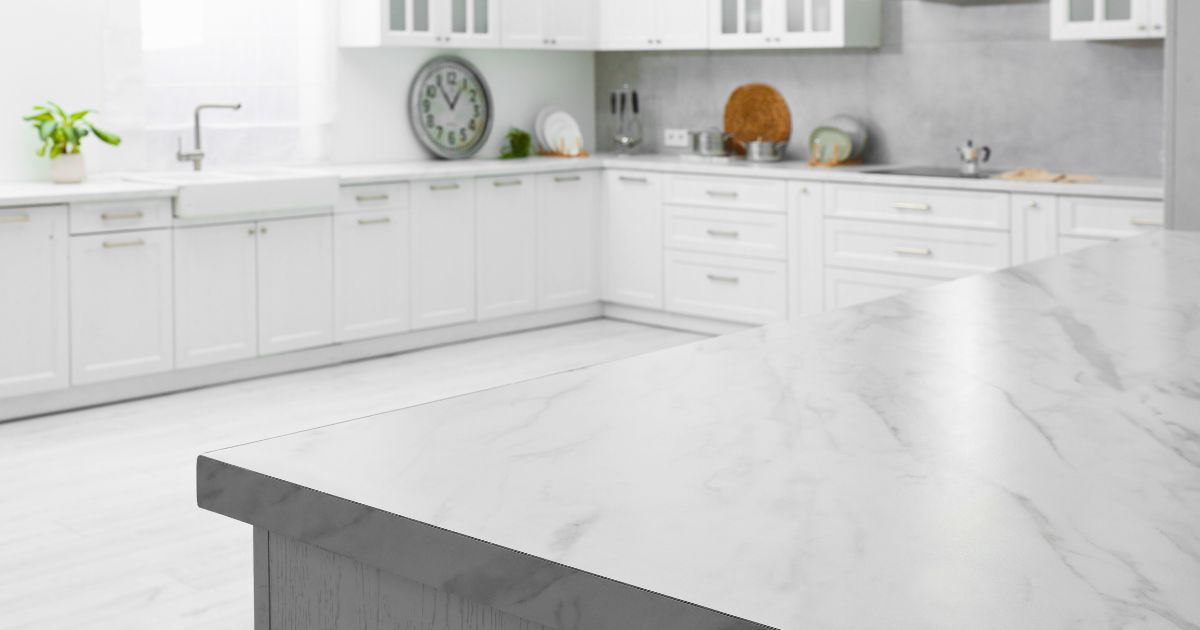
2. Backsplashes: Adding a quartz stone backsplash behind kitchen countertops or bathroom vanities can enhance the visual impact of the space while providing a practical solution for protecting walls from splashes and spills. Quartz backsplashes come in a variety of colors and patterns, allowing for creative expression in the design.
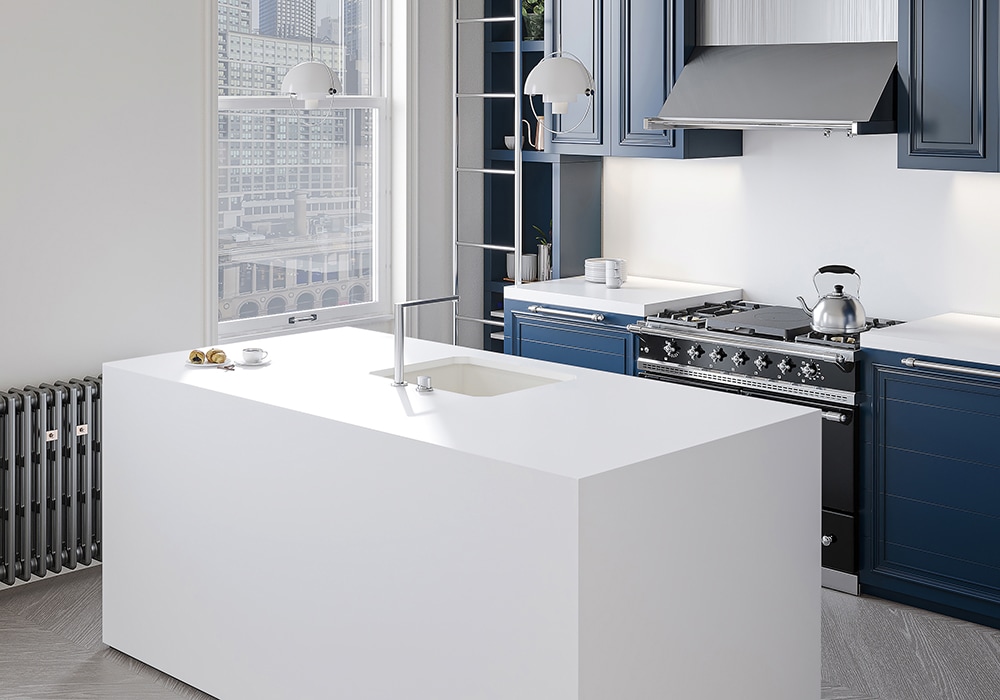
3. Flooring: Quartz flooring offers a durable and low-maintenance solution for high-traffic areas such as entryways, hallways, and kitchens. Available in a range of finishes, including polished, honed, and textured, quartz flooring can complement any design style while withstanding the rigors of daily use.
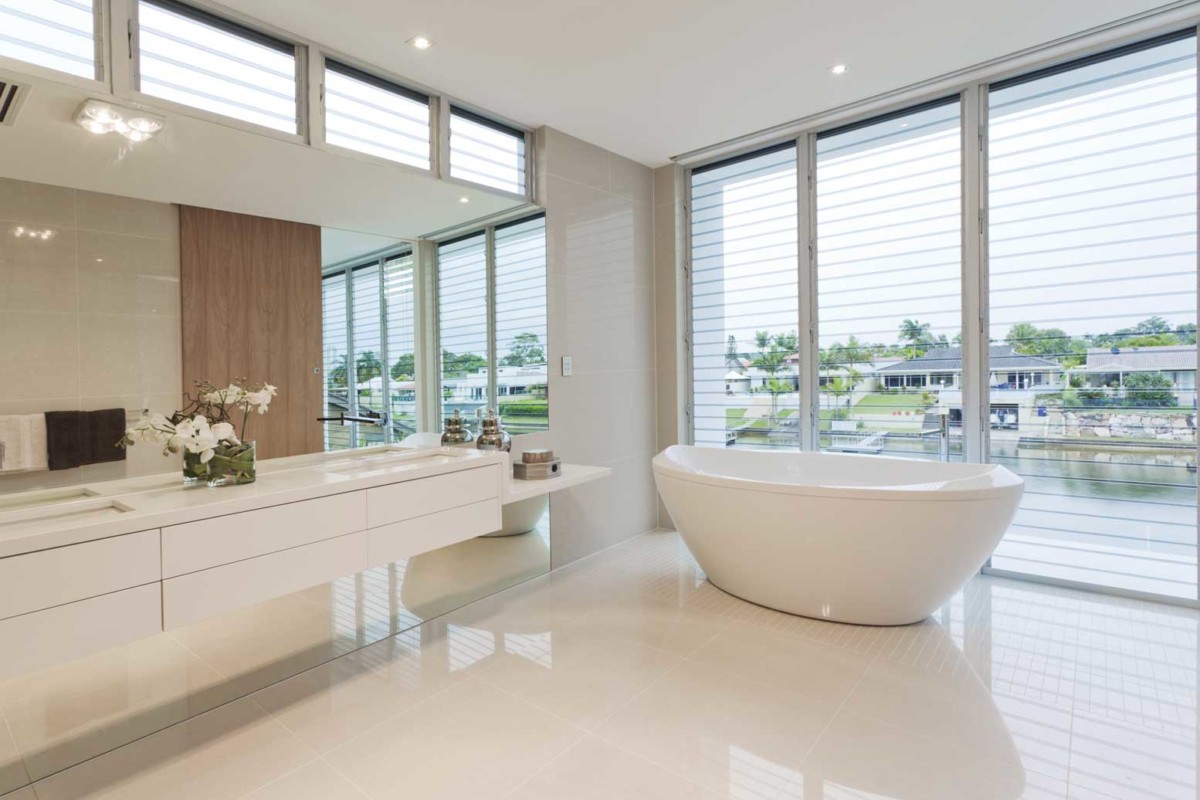
4. Accent Walls: Incorporating quartz stone into accent walls can create a focal point in a room and add depth and texture to the space. Whether used in a living room, bedroom, or dining area, quartz accent walls can make a bold statement while showcasing the natural beauty of the material.
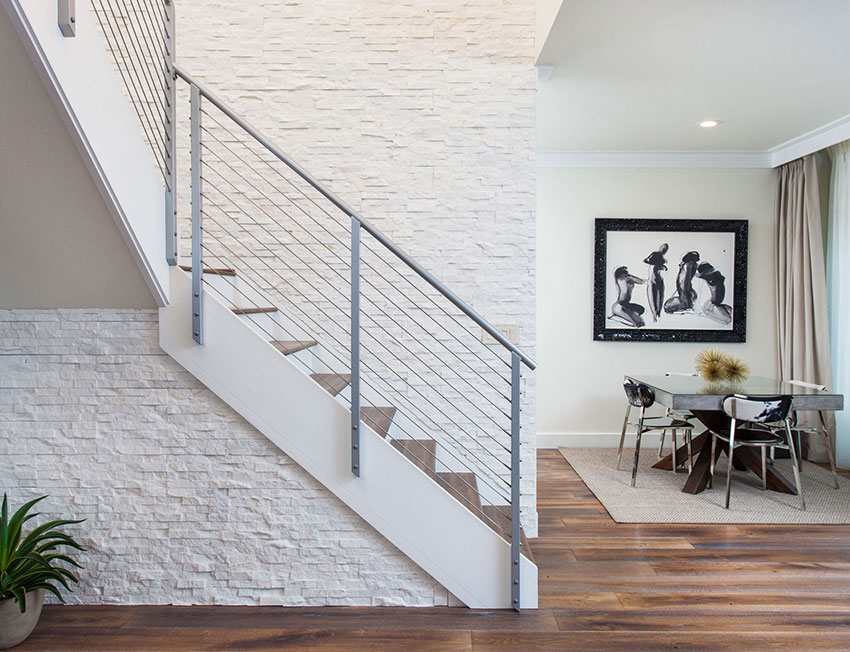
5. Furniture: Quartz stone can be used to create custom-designed furniture pieces such as coffee tables, dining tables, and sideboards. Its sleek and modern appearance adds a touch of sophistication to any room while providing a durable and easy-to-maintain surface for everyday use.
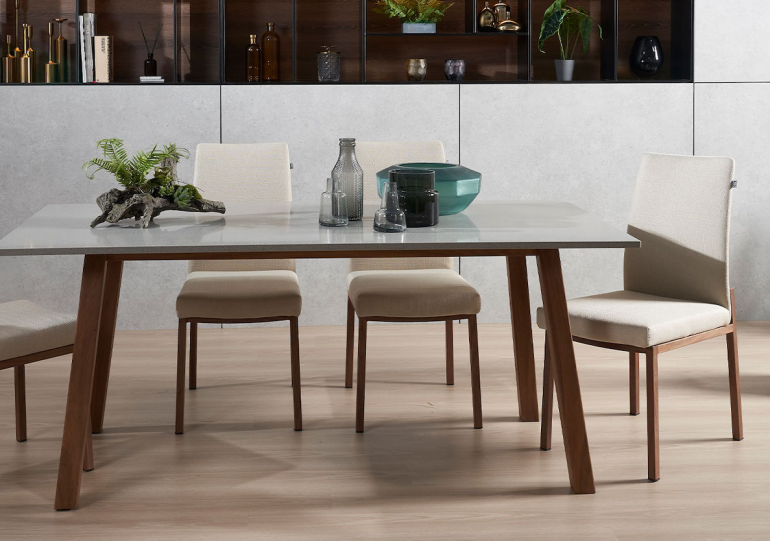
6. Fireplace Surrounds: A quartz stone fireplace surround can add warmth and elegance to a living room or bedroom, creating a cozy focal point for gatherings and relaxation. Whether opting for a classic marble-inspired design or a contemporary concrete finish, quartz fireplace surrounds offer timeless appeal and lasting beauty.
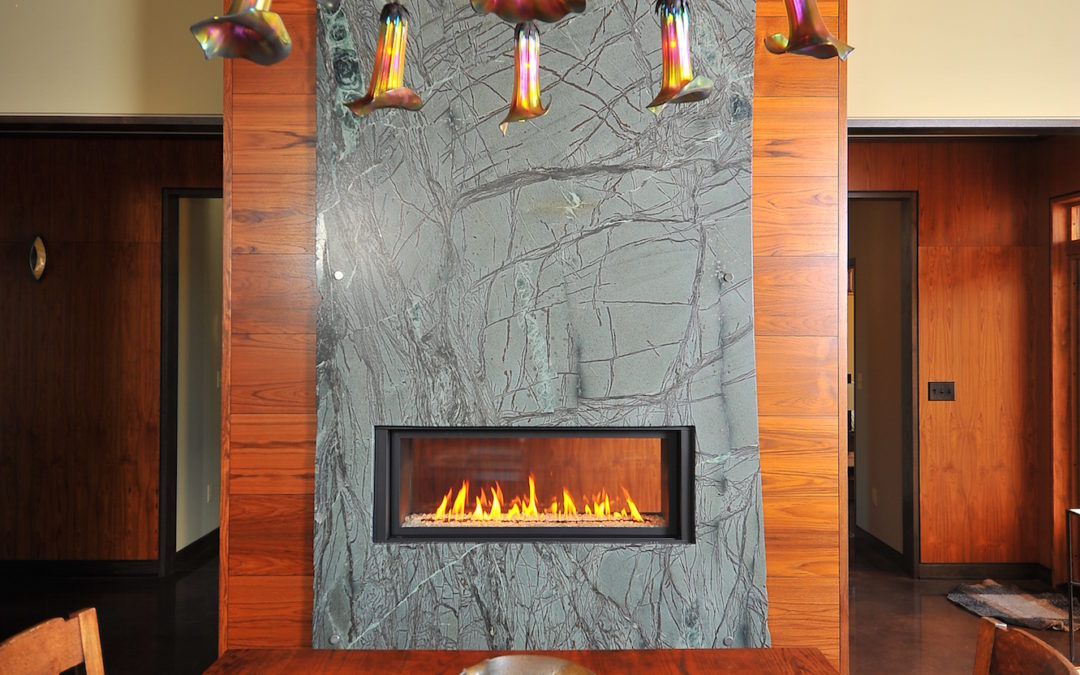
Understanding the Cost of Quartz Stone for Interior Design in India
Quartz stone has emerged as a popular choice for interior design projects in India due to its durability, versatility, and aesthetic appeal. However, determining the cost of quartz stone for interior applications can be a complex process influenced by various factors. In this article, we delve into the intricacies of quartz pricing, exploring the key determinants and providing insights for homeowners and designers alike.
Factors Influencing Quartz Stone Cost:
Color and Design:
The diversity of colors, patterns, and designs in quartz influences its cost in the Indian market. Standard colors and simple patterns are more affordable, catering to budget-conscious consumers. However, exotic or designer options command premium prices due to their intricate designs and uniqueness. For instance, a quartz slab with a marble-like veining pattern may cost more than a solid-colored one. A premium Carrara Marble-inspired quartz slab from a reputable brand may justify its higher price, offering homeowners a luxurious aesthetic for their interiors.
Thickness and Size:
In India, the thickness and size of quartz slabs significantly impact their cost. Thicker slabs require more material and involve additional manufacturing costs, making them more expensive. Larger slabs, necessary for spacious countertops or expansive surfaces, contribute to higher material expenses. For example, a thicker and larger quartz slab suitable for a kitchen island may cost more than a thinner and smaller slab used for bathroom countertops. Homeowners should consider their specific space requirements and budget constraints when selecting quartz thickness and size.
Location and Supplier:
The cost of quartz stone can vary regionally within India due to factors like transportation costs, taxes, and local demand dynamics. Suppliers in metropolitan areas like Mumbai, Delhi, or Bangalore may offer different price points compared to those in smaller towns or rural areas. Additionally, different suppliers may have varying overhead expenses, business models, and supply chain efficiencies, influencing their pricing strategies. For instance, a local supplier with direct access to manufacturing facilities may offer competitive prices compared to one that relies on imports or intermediaries. Homeowners should explore various suppliers and consider factors like customer service and after-sales support when making purchasing decisions.
Understanding Pricing Trends:
In the Indian market, the cost of quartz stone varies based on prevailing trends influenced by factors such as demand, availability, and economic conditions. Understanding these pricing trends can help homeowners and designers make informed decisions when selecting quartz for interior design projects.
1. Entry-Level Range:
Entry-level quartz stone typically falls within the price range of ₹3,000 to ₹4,500 per square meter. These options cater to budget-conscious consumers and often include standard colors and designs from reputable brands or mid-range manufacturers. For example, a basic white quartz slab from a reliable brand like KalingaStone may be priced at the lower end of this range, offering homeowners an affordable yet durable option for their interior design needs.
2. Mid-Range Options:
Mid-range quartz varieties, priced between ₹4,500 to ₹5,500 per square meter, offer a wider selection of colors, patterns, and thicknesses. These options strike a balance between quality and affordability, appealing to homeowners seeking customization without breaking the bank. For instance, a quartz slab with a subtle marble-like veining pattern or a neutral color scheme from a reputable brand like Greenply may fall within this price range, providing homeowners with versatility and style at a reasonable cost.
3. Premium and Designer Choices:
Premium quartz stone, featuring exotic colors, intricate designs, or specialized finishes, can command prices upwards of ₹5,500 per square meter. Designer collections from renowned brands may fetch even higher prices, catering to discerning clients with specific aesthetic preferences. For example, a premium quartz slab with a unique metallic finish or a bold geometric pattern from a luxury brand like Caesarstone may be priced at the higher end of this range, offering homeowners a luxurious and distinctive option for their interior spaces.
Conclusion
By incorporating quartz stone into these various parts of interior design, designers and homeowners can create cohesive and visually striking spaces that are as functional as they are beautiful. From countertops and backsplashes to flooring and accent walls, quartz stone offers endless possibilities for transforming any room into a stylish and inviting retreat.
Cover image- floornature.com

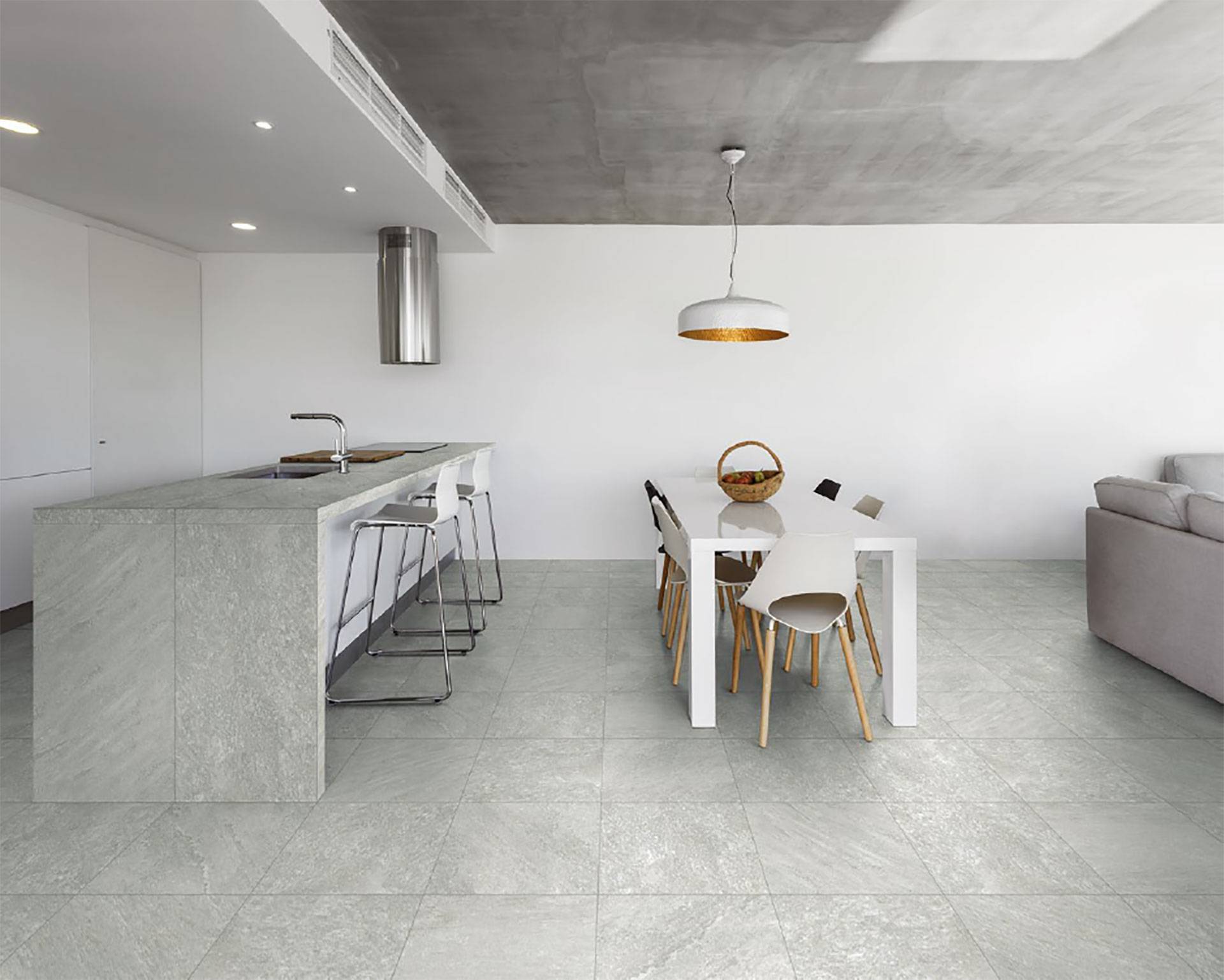



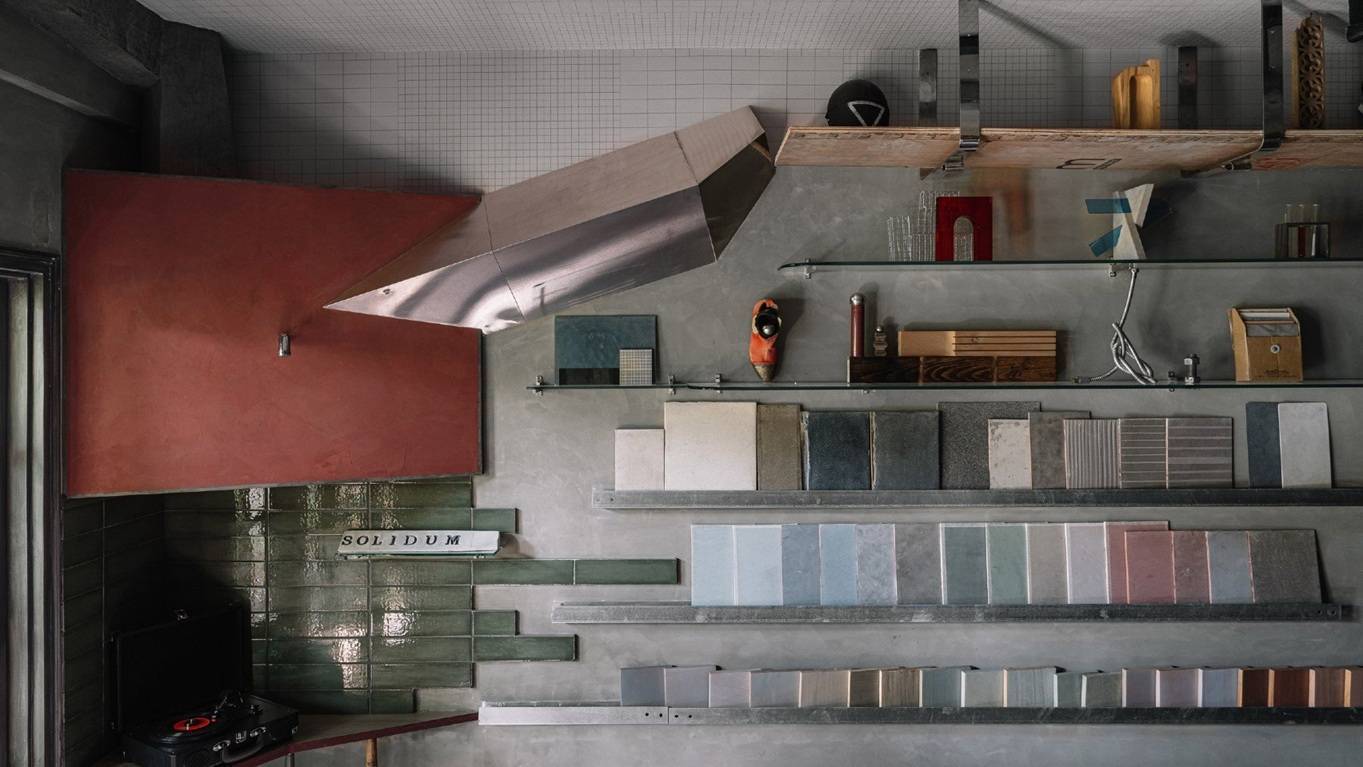
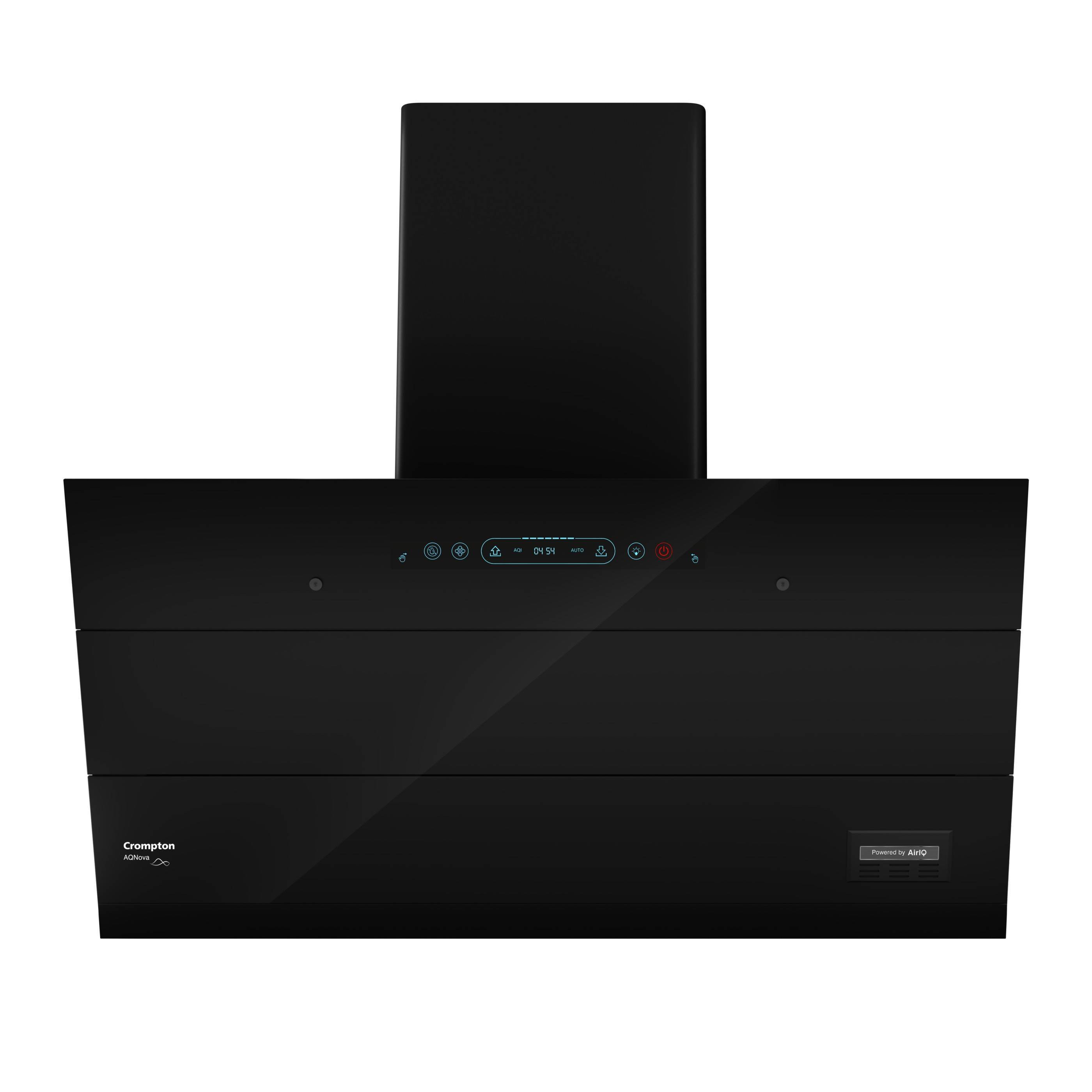


.png)